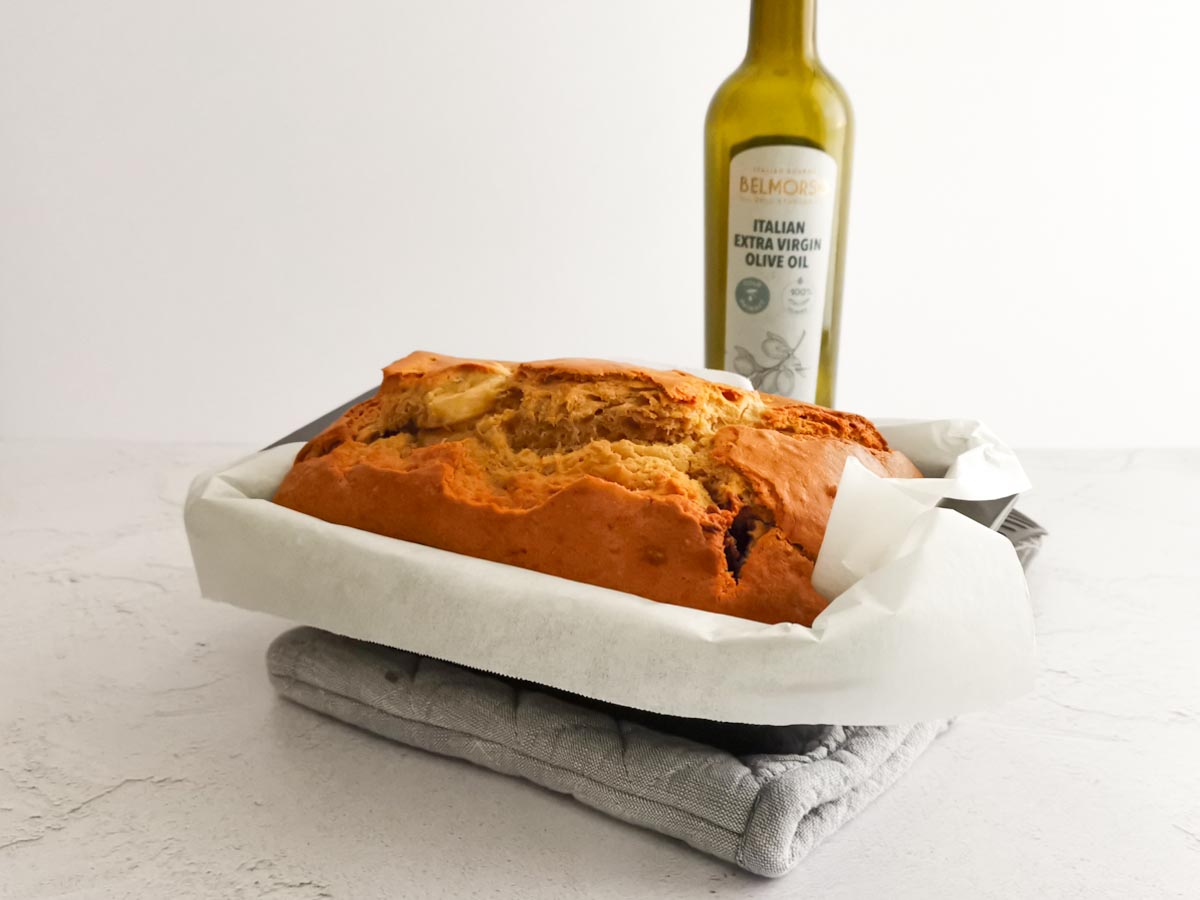Christmas Traditions in Italy
When it comes to Christmas celebrations, there is no other place in the world like Italy. It is a great place to be at Christmas time since Italians have lots of special Christmas traditions! Throughout the whole country, Natale tends to be a family-centric holiday. A time to stay at home (and eat!) with loved ones. However, customs can vary from region to region. For example, the dishes that are served or when is the time to open presents. These make every region a unique and interesting place to enjoy the holiday season.
Do you want to experience Christmas like an Italian?
Here are some of the most popular Christmas traditions in Italy.
Decorations
In other countries, the Christmas season starts immediately after the Thanksgiving or even Halloween. In Italy, though, Christmas officially begins on the Day of the Immaculate Conception of Mary on December 8. This is when decorations start to be settled around, both on the streets and inside Italian homes.
Decorations and huge Christmas trees can be found in main squares, like in front of the Colosseum or in Milan’s Piazza Duomo.

This bank holiday (December 8), actually doesn’t have anything to do with the day of Mary’s conception. Instead, it celebrates the day when the Church decided that Mary was born without having the stain of original sin.
Presepe: the Nativity Scene
One of the must of Italy are the presepi (nativity scenes). Along with the fancy lights, wreaths and trees, presepi are displayed in many churches and piazzas. They represent real pieces of art, made with artisanal tradition in many parts of the country. The southern Italian city is world-famous for their hand-made presepi, mainly Naples. It still has whole streets with one workshop after another devoted to the craft.
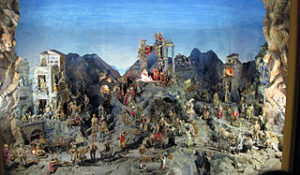
Many small towns feature a Nativity scene with actors wandering around small streets, stables and squares interpreting ancient trades.
Every family set up their own Presepe at home. Usually, the kids love to create a corner in the living room to represent the nativity scene. Having cribs in your own home became popular in the 16th century. Also, the cribs are traditionally put out on the 8th December. But the figure of the baby Jesus is not added to the crib until the evening/night of December 24th!

Don’t eat meat on Christmas Eve
To prepare and purify their bodies for Christmas Day, Italians avoid meat on the Christmas Eve (“La Vigilia”). Although the idea is to eat healthier and lighter, many people indulge in multiple courses of fish… sometimes as many as seven!
The midnight Mass and the midnight sky!
After the family dinner, many Italians attend the midnight Mass at their local church to celebrate. In Rome is also possible to go to the Vatican for the Mass, celebrated by the Pope!
But traditions vary from city to city. Up north, in the Dolomite Mountains, thrill-seekers ski down the slopes with torches at midnight to welcome Christmas.

On Christmas Day you have to eat, laugh and shout!
On Christmas Day, Italians invite their family and friends for a large lunch that usually goes on all day. Many people save up to have the most lavish celebration possible. The day goes on serving traditional dishes like tortellini with broth (tortellini in brodo), roasts or boiled meat with a variety of sauces and traditional desserts like Pandoro and Panettone.
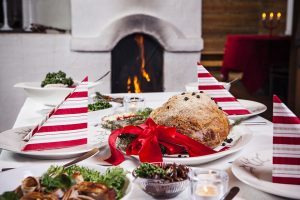
Desserts
Panettone is like a dry fruity sponge cake, wonderful with a cup of hot chocolate! Pandoro is similar to il panettone, only without fruits or raisins. It is very common to slice the Pandoro or Panettone in horizontal slices and to fill it with cream, custard, chocolate or zabaione.

Other traditional sweets are “torrone” (Nougat), and, mainly in Tuscany, the biscuits “cantuccini“ and the “panforte”, a sort of soft gingerbread with hazelnuts, honey and almonds. They are a must with a generous glass of a sweet wine called “Vin Santo” (Saint Wine).
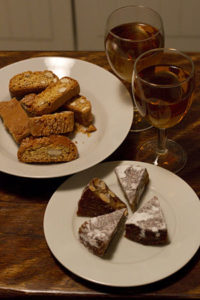
Drinks
The traditional drinks are the “Vin brule”, similar to the mulled wine, the “Bombardino”, the Italian version of eggnog, and a punch made of rum, mandarin and orange flavours.

Gifts
Gifts are commonly exchanged on Christmas Day after lunch. However, some smaller cities in northern Italy believe that blind Saint Lucia brings gifts for children on the 13th of December. In Alto Adige, which was part of Austria before the First World War, Saint Nikolaus brings gifts to the kids, on the 5th of December.
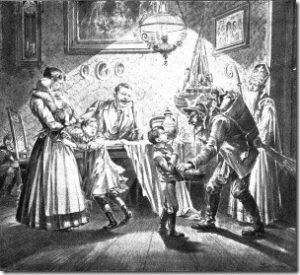
Other families wait until January 6. The Epiphany when la befana (a sort of “good and clumsy witch”) drops off presents. This tradition is mostly celebrated in Rome and Bologna, where the main piazzas often host fun activities for children. Read our article about “La Befana” to find out more! On the eve of the Epiphany, families usually prepare a large dinner to mark the end of the holiday season; children are given candy or coal (usually made of black sugar), depending on if they were naughty or nice.

Have you ever celebrated Christmas in Italy? Tell us about it in the comments!



